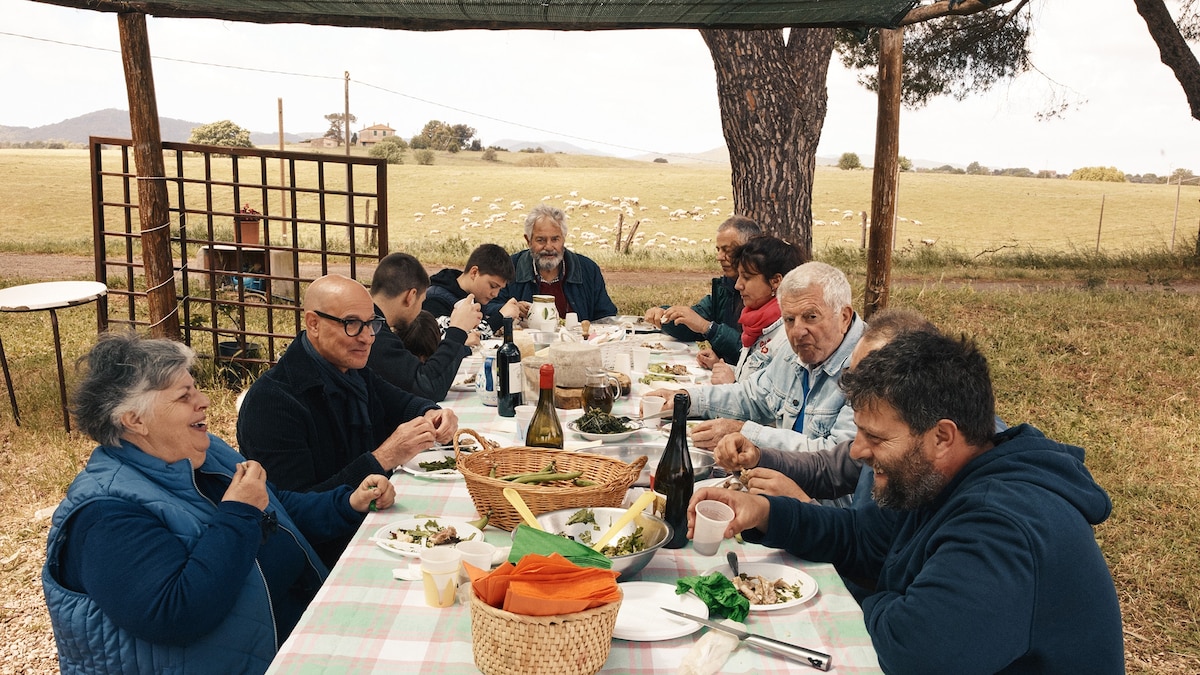Now Reading: Stanley Tucci Explores Italy’s Food, Family, and Traditions in New Series
-
01
Stanley Tucci Explores Italy’s Food, Family, and Traditions in New Series
Stanley Tucci Explores Italy’s Food, Family, and Traditions in New Series

Rapid Summary
- Stanley Tucci’s new series,Tucci in Italy,debuts on May 18 on National Geographic,with episodes streaming later on Disney+ and Hulu.
- The series explores the culinary traditions and cultures of five Italian regions: Tuscany, Lombardy, Trentino-Alto Adige, Abruzzo, and Lazio.
- Tucci aims to illustrate how food unites people across diverse backgrounds while maintaining cultural authenticity.
- Noteworthy themes include collaborations like Japanese-Tuscan fusion cuisine and learning from local chefs such as Giulio Picchi in Florence.
- Key insights discovered during filming include regional pride (e.g., locals identifying with their specific region rather than as “Italian”) and the importance of preserving cultural identity thru food traditions.
- Filming highlights included memorable dishes like timballo (crepe-based lasagna in Abruzzo),hay soup by Franz Mulser in Trentino-Alto Adige,as well as experiences with communities deeply tied to their heritage (Ladins).
- According to Tucci: “Food doesn’t divide; it brings people together,” emphasizing shared humanity despite differences.
Indian Opinion Analysis
Stanley Tucci’s exploration of Italy via it’s regional cuisines offers a broader reflection on cultural preservation versus evolution – a perspective particularly relevant for global audiences including India. Like Italy where distinct culinary styles define each region’s identity, india’s diverse food heritage faces challenges from globalization yet thrives through its deep roots.
For India specifically, this show underscores vital lessons about respecting tradition while exploring innovative integrations – a tension mirrored in Indian fusion cuisine trends.Moreover, Tucci’s belief that “food unites” resonates powerfully within India’s multicultural framework where shared meals often bridge divides across religion or ethnicity.
Highlighting regional pride without excluding others may inspire efforts within India’s own plethora of localized identities – ensuring preservation without losing openness toward external influences. This is not simply about cooking but intergenerational values embedded within these practices too.
























